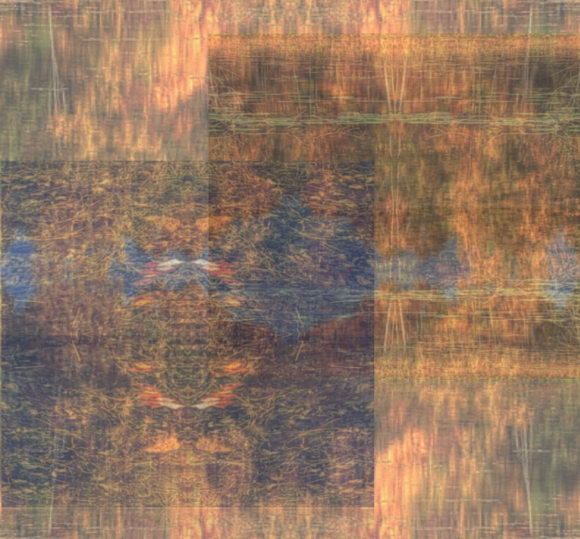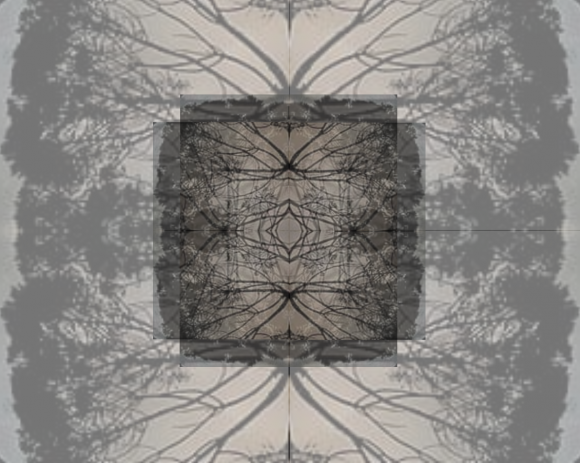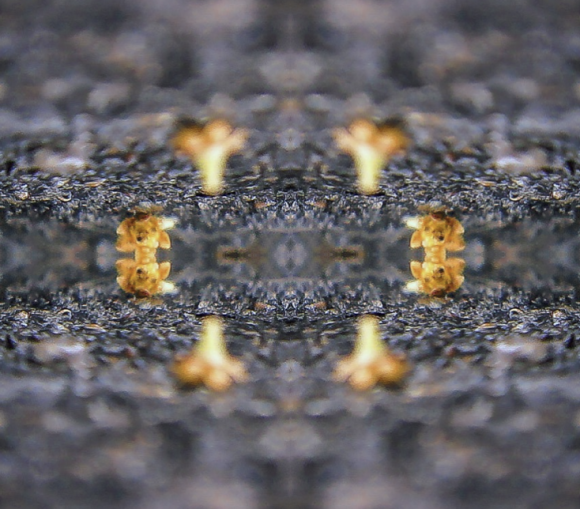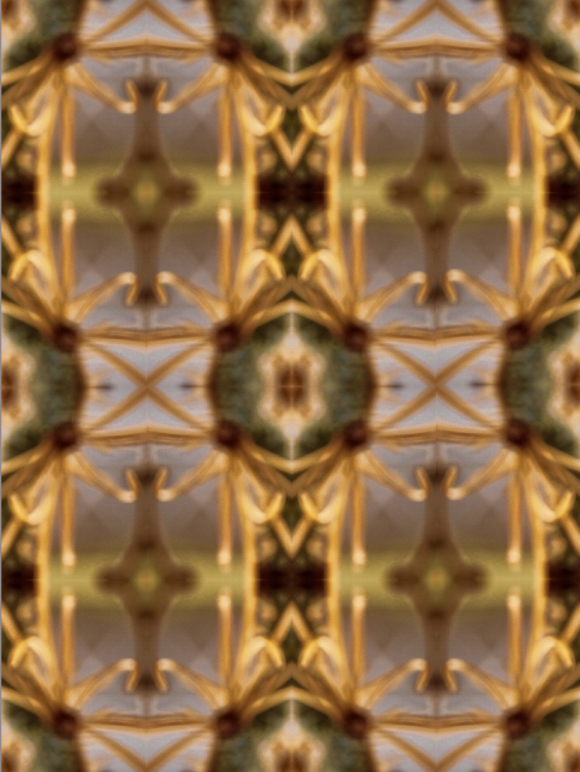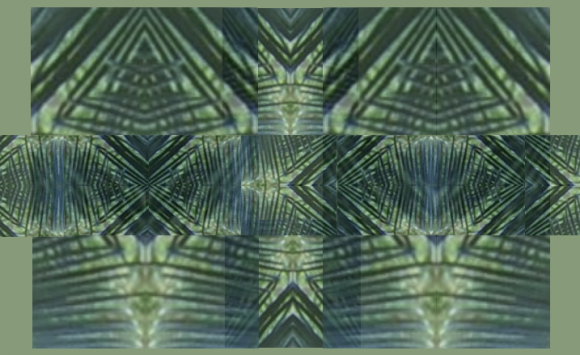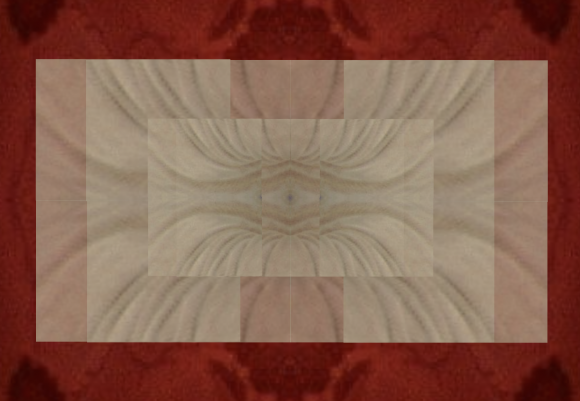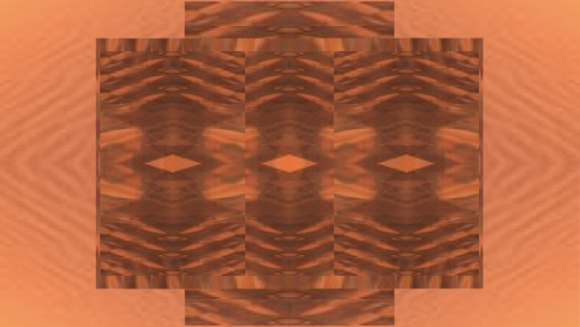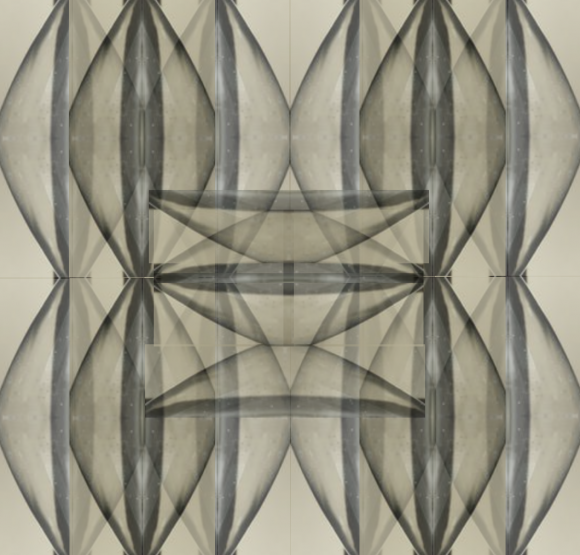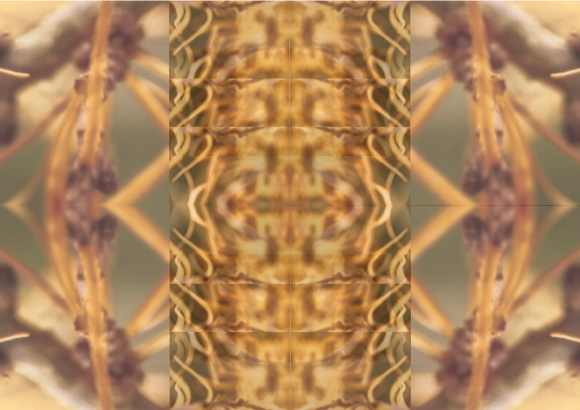
Jung discusses from time to time how unconscious processes can “break in” (einbrechen) and disrupt consciousness. The term captures the experience from the point of consciousness: the workings of the ego complex are interrupted from something “outside”, and that means: something outside consciousness. In other words, what “breaks in” is simply something else, something not under conscious...
